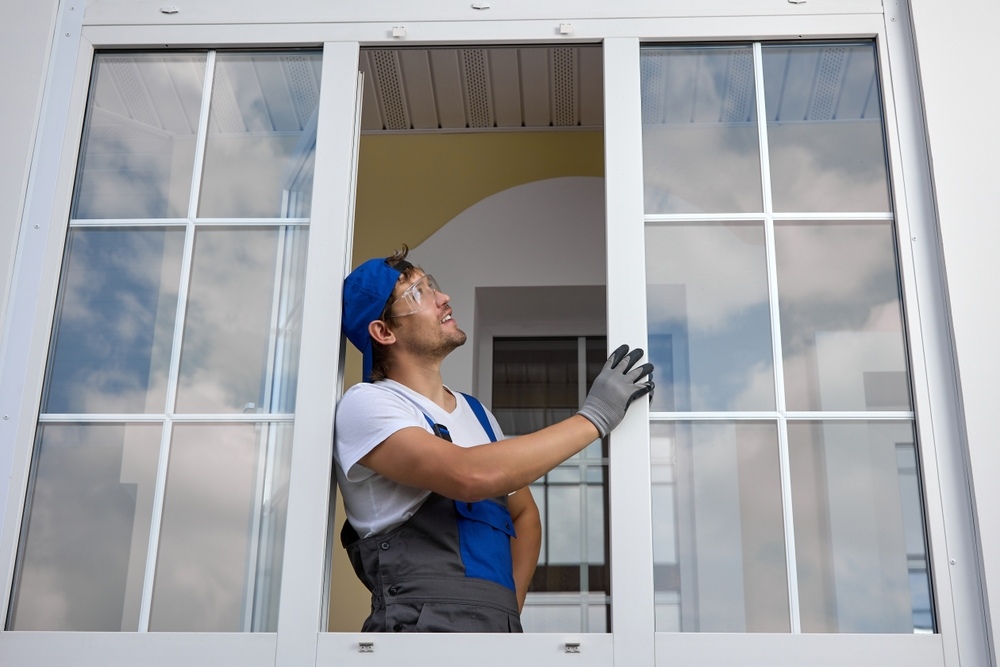
Transform your Laguna Hills home with Veracity Window and Door’s premium replacement windows that bring enhanced comfort, energy savings, and stunning curb appeal. With decades of expertise serving the Laguna Hills community, we know what homeowners like you need. We’re here to help you find the perfect windows to make your home more beautiful and comfortable.
Why Choose Veracity Replacement Windows?
Energy Efficiency and Savings
Lower your energy bills and maintain a comfortable home year-round with our energy-efficient windows. Featuring advanced insulation technology like double-pane glass and low-E coatings, our windows reduce energy loss and improve your home’s overall efficiency. They keep your home warm in the winter and cool in the summer, making your home more sustainable and reducing energy costs.
Noise Reduction and Comfort
Experience a quieter indoor environment with windows designed for superior soundproofing. If you live near a busy street or noisy area, our windows minimize external noise, providing you with peace and privacy inside your home. Enjoy a more serene living space with our sound-reducing windows.
Enhanced Security
Protect your home with windows that combine style and robust security features. Our windows come with sturdy frames, impact-resistant glass, and secure locking mechanisms to ensure your home is safe without compromising on aesthetic appeal. You get added protection and peace of mind while enhancing your home’s look.
Our Selection of High-Quality Windows
Casement and Awning Windows
Discover sleek designs and practical features with our casement and awning windows. Easy to open and swinging outward to let in fresh air, these windows offer improved ventilation and are available in a range of finishes to perfectly match your home’s style.
Double-hung and Sliding Windows
Embrace classic window styles that offer versatility and convenience. Double-hung windows slide up and down for effortless cleaning while sliding windows are ideal for wider spaces. All our designs are crafted with energy efficiency in mind, ensuring your home looks great and performs even better.
Bay and Bow Windows
Our elegant bay and bow windows add character, space, and abundant natural light to your home. Extending outward, these windows create additional interior space, making rooms feel larger and more inviting. They brighten your rooms and enhance your home’s exterior appeal.
The Veracity Window Installation Process
Personalized Consultation
Start with a personalized, free in-home consultation. We’ll meet with you at your home to help you navigate through all your options—from materials to energy ratings—and provide a free estimate. We’ll ensure you choose the right windows that meet your needs and complement your home’s architecture.
Professional Installation
Our team of certified professionals takes pride in meticulous craftsmanship. We install your windows carefully, making sure they look great and work well. Every installation meets our high standards for both performance and appearance, ensuring your new windows are fitted perfectly and function flawlessly.
Warranties and Support
All Veracity windows come with extensive warranties covering both the products and the installation. If you have any issues, our dedicated support team is always here to assist you, providing peace of mind long after your windows are installed.
Customer Reviews and Transformations
Hear directly from Laguna Hills residents who have transformed their homes with Veracity’s replacement windows. Browse through real-world examples and see the remarkable difference new windows can make in enhancing your home’s beauty and efficiency. See what others say and how new windows improved their homes.
Get Started Today
Ready to take the next step? Visit the Veracity Window and Door showroom to see our wide range of windows up close or schedule a free in-home consultation. Our friendly team is here to answer all your questions and help you find the best windows for your home.
Upgrade your home with windows that offer the perfect blend of style, security, and efficiency. Contact Veracity Window and Door today and take the first step toward a more beautiful and comfortable home in Laguna Hills, CA.




